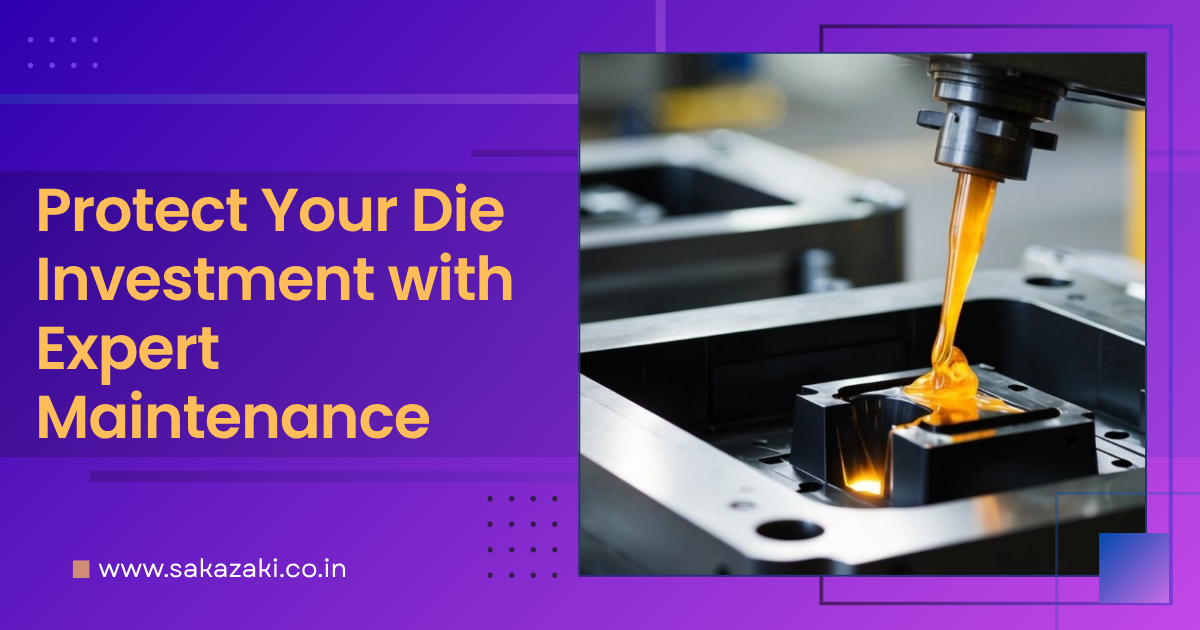
Rotary dies represent significant capital investments for manufacturing operations. Yet many companies unknowingly accelerate wear and reduce performance by neglecting proper maintenance protocols. The difference between a die lasting 18 months versus 5+ years often comes down to one critical factor: professional maintenance.
True Cost of Neglected Maintenance
When rotary dies don’t receive proper care, the consequences compound rapidly. Cutting edges dull prematurely, dimensional accuracy deteriorates, and production quality suffers. What starts as minor performance decline quickly escalates into emergency replacements, unplanned downtime, and compromised product quality.
Manufacturers report that poorly maintained dies experience:
- 50-70% shorter operational lifespans
- Increased material waste from inconsistent cutting
- Higher reject rates affecting profitability
- Unexpected production interruptions disrupting schedules
- Emergency replacement costs far exceeding preventive maintenance expenses
Precision Sharpening: The Foundation of Longevity
Professional die sharpening is fundamentally different from basic grinding. While standard sharpening removes material to restore edges, precision sharpening employs advanced techniques that maintain original die specifications while optimizing cutting performance.
Expert Sharpening Advantages:
- Laser-guided precision maintaining exact geometries
- Controlled material removal preserving die dimensions
- Specialized grinding wheels matched to die materials
- Microscopic edge finishing ensuring clean cuts
- Consistent bevel angles across the entire cutting surface
Regular professional sharpening at appropriate intervals can extend die life by 100-200% compared to reactive maintenance approaches.
Preventive Care That Pays Dividends
Preventive maintenance strategies transform dies from consumables into long-term assets. Professional maintenance programs identify and address issues before they impact production.
Critical Maintenance Components:
- Routine inspection protocols detecting early wear patterns
- Precision cleaning removing material buildup
- Bearing examination and lubrication ensuring smooth operation
- Dimensional verification confirming specification compliance
- Surface treatment renewal maintaining protective coatings
These systematic checks catch micro-cracks, surface degradation, and alignment issues before they cause catastrophic failures.
The Material Science of Die Longevity
Different die materials require specialized maintenance approaches. Tungsten carbide, powder steel, and high-speed steel each respond differently to sharpening techniques, cleaning solvents, and operational stresses.
Professional maintenance services understand these material-specific requirements:
- Optimal sharpening speeds preventing heat damage
- Compatible cleaning solutions avoiding chemical reactions
- Appropriate cooling methods during grinding operations
- Material-matched abrasives maximizing edge retention
Timing: The Critical Variable
Maintenance timing dramatically impacts die lifespan. Waiting until performance degrades significantly means operating with suboptimal quality while accelerating damage progression.
Optimal Maintenance Schedule:
- Weekly visual inspections during production
- Monthly performance assessments tracking key metrics
- Quarterly professional sharpening for high-volume operations
- Annual comprehensive evaluation by die specialists
- Immediate attention when quality variations appear
This proactive approach maintains peak performance throughout the die’s operational life rather than cycling between excellent and poor cutting quality.
Documentation: Your Maintenance Asset
Professional maintenance includes comprehensive documentation tracking die performance history, maintenance activities, and wear patterns. This data becomes invaluable for:
- Predicting optimal replacement timing
- Identifying process improvements reducing wear
- Supporting warranty claims if premature failure occurs
- Optimizing maintenance intervals for your specific applications
- Justifying capital equipment investments with performance data
The ROI Reality
Professional maintenance programs typically cost 15-25% of new die replacement costs while extending life by 150-300%. The mathematics are compelling:
Example Calculation:
- New die cost: $10,000
- Expected life without maintenance: 18 months
- Professional maintenance cost: $2,000 annually
- Extended life with maintenance: 4-5 years
Result: 60-70% total cost reduction over the die’s operational lifetime, plus reduced downtime and consistent quality output.
Expertise Makes the Difference
Not all maintenance services deliver equal results. Professional die maintenance requires specialized equipment, trained technicians, and deep material science knowledge that general machine shops simply don’t possess.
Look for maintenance partners offering:
- Dedicated die grinding equipment with precision controls
- Certified technicians with material-specific training
- Quality verification processes confirming specification compliance
- Rapid turnaround times minimizing production disruption
- Comprehensive service documentation supporting your quality systems
Maximize your rotary die investment with expert maintenance that extends performance and profitability. Sakazaki’s professional maintenance services combine century-old precision craftsmanship with modern technology, ensuring your dies deliver optimal performance throughout their extended operational life.